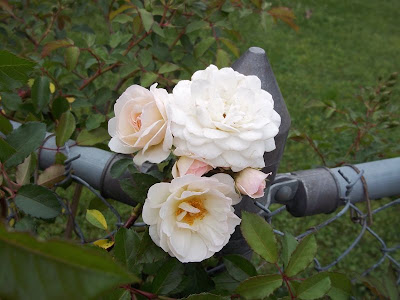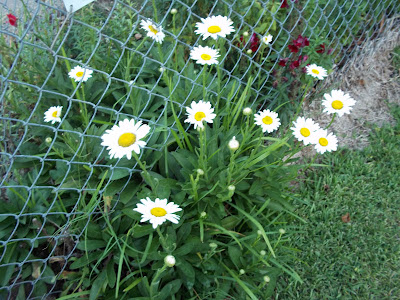Goldsturm rudbeckias are among the easiest of all perennials to grow and they make a statement like none other when in full bloom. These are commonly called "Black-eyed Susans" though this is a hybrid cultivar that makes much better plants and larger flowers than the wild variety. The flowers start in July and continue for at least several weeks atop a bushy plant that has a pleasant shape.
The plant is so bulletproof that everyone should grow them. They look good even when not in bloom, mix well with many other plants, and add great color to a mixed bed or border. Butterflies are attracted to them as well. They will slowly spread and can be divided every three years or so. You can also plant the seeds, though they won't be exactly like the mother plant. They prefer full, hot sun but will tolerate some shade. They will grow in any but soggy soil and are virtually pest free. The stems are also long enough to make this a nice cut flower for indoor bouquets too. Such a winner of a plant deserves all the accolades it gets. Highly recommended for everyone!












